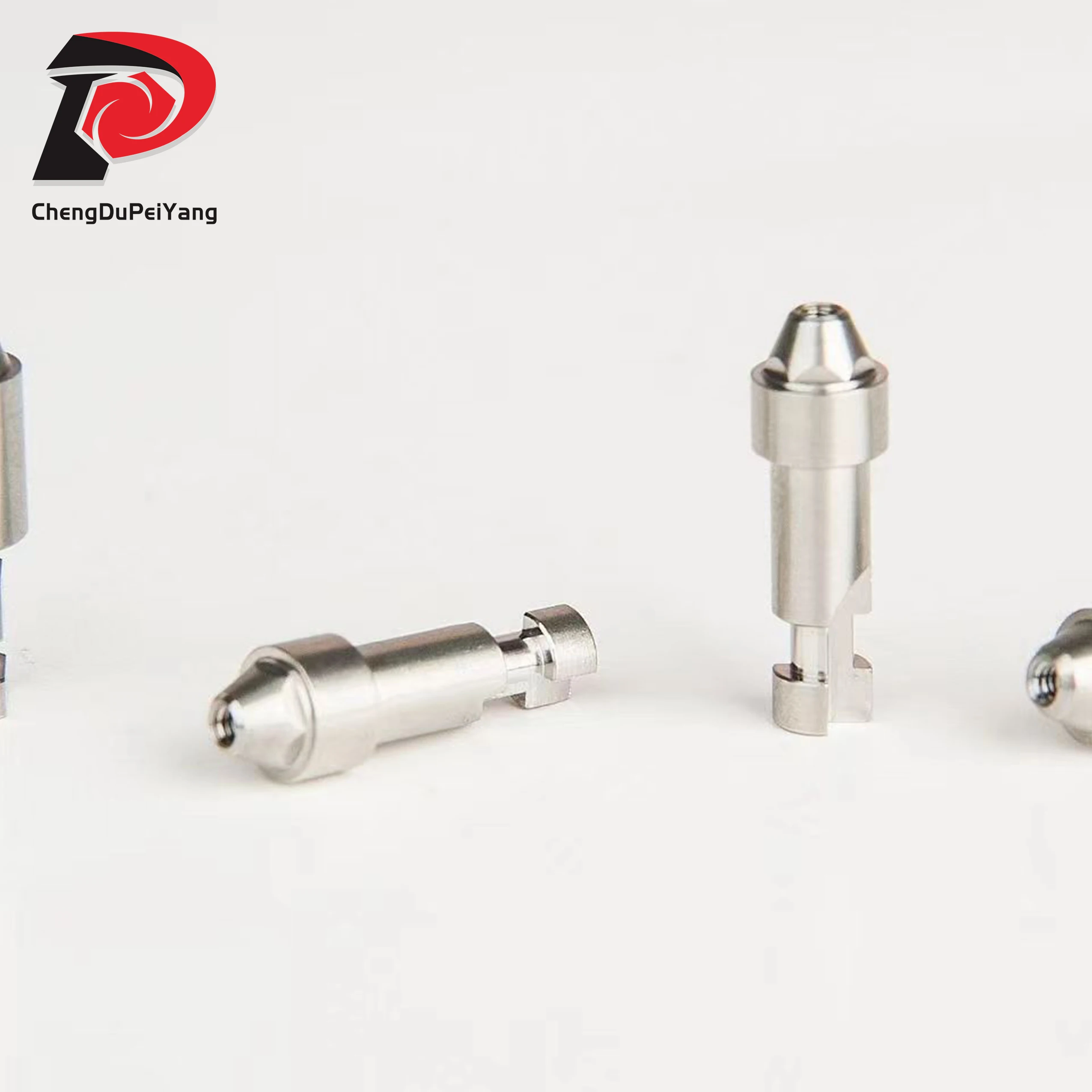Dental Implant Multi unit plaster analog Osstem Dentium Straumann Nobel Human ICX DIO Astra Cotex Neo BB Zimmer Anthogyr





Price: 6.76 - 6.76

In dental implant technology, traditional analogues are mainly used in plaster models. The main function is to accurately transfer the implant information in the patient's oral cavity to the plaster model, so that it is convenient for technicians in the laboratory to carry out upper parts such as abutments on the analogs. The design of the structure. For greater stability of the analog within the plaster cast.






One advantage of using traditional implant analogs is their accuracy to replicate the patient's dentition. It provides a physical model of the implant that can be used to create a custom abutment or crown, which fits precisely on the implant post. This helps to ensure correct tooth alignment and good occlusion, which improves the longevity and functionality of the implant. Traditional implant analogs are also a cost-effective way of fabricating custom implant components for the patient.
Strength
1. Precision: Traditional implant analogs offer unparalleled precision in reproducing the exact position of the implant fixture within the model.
2. Versatility: These analogs can work with a wide range of implant systems, making them highly versatile for use in various dental procedures.
3. Cost-Effective: Traditional analogs can be a more cost-effective solution compared to digital implant planning, which often requires specialized software and hardware.
4. Easy to Use: Analog models are easy to use and require minimal training, making them an ideal choice for new dental professionals.
5. Reliable: They have been used in dental practices for decades and have proven to be reliable and accurate over time.
6. Compatiblity: Since traditional implant analogs have been around for decades, they are compatible with older dental equipment, making them a suitable option for older dental practices.



















